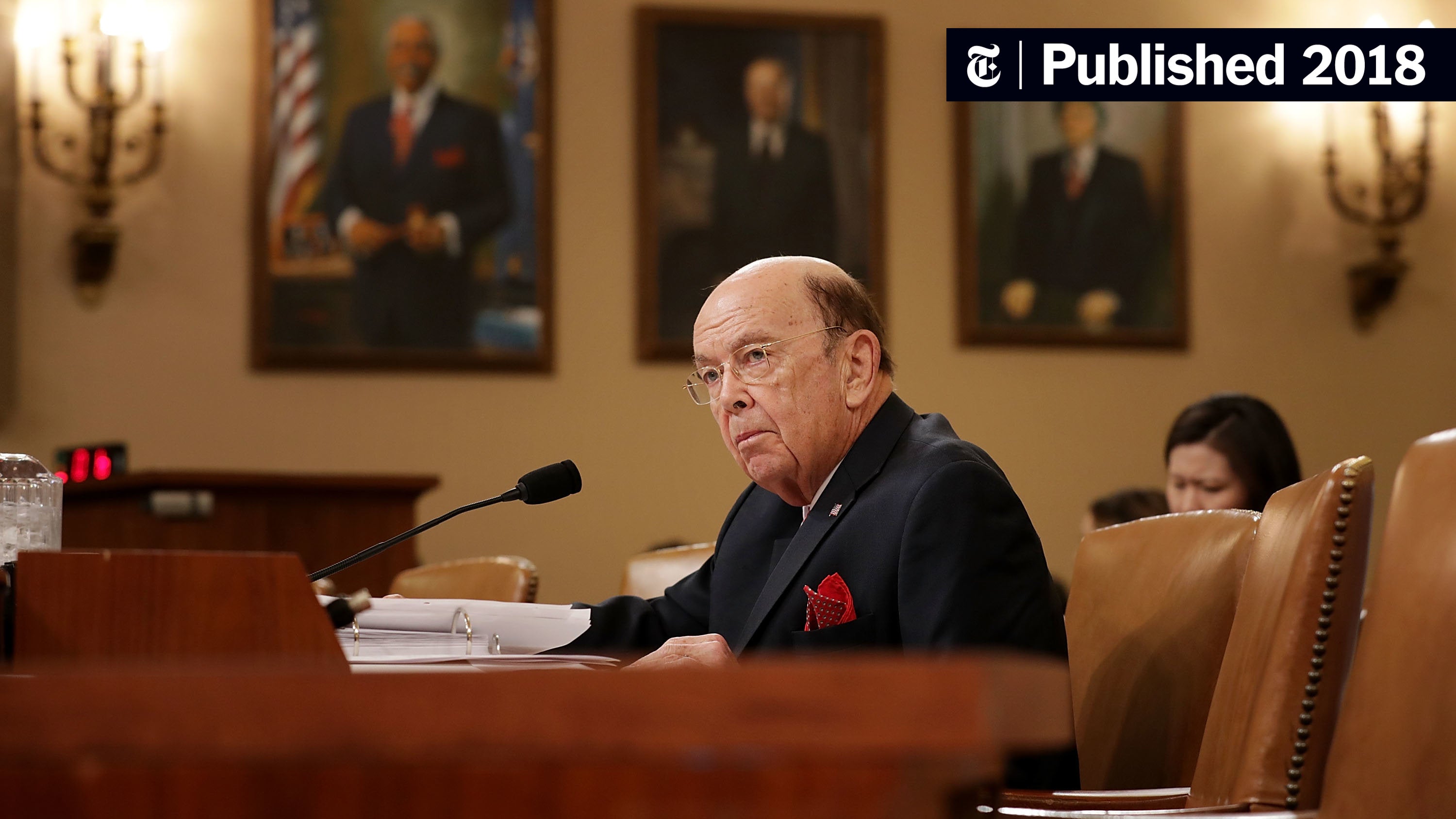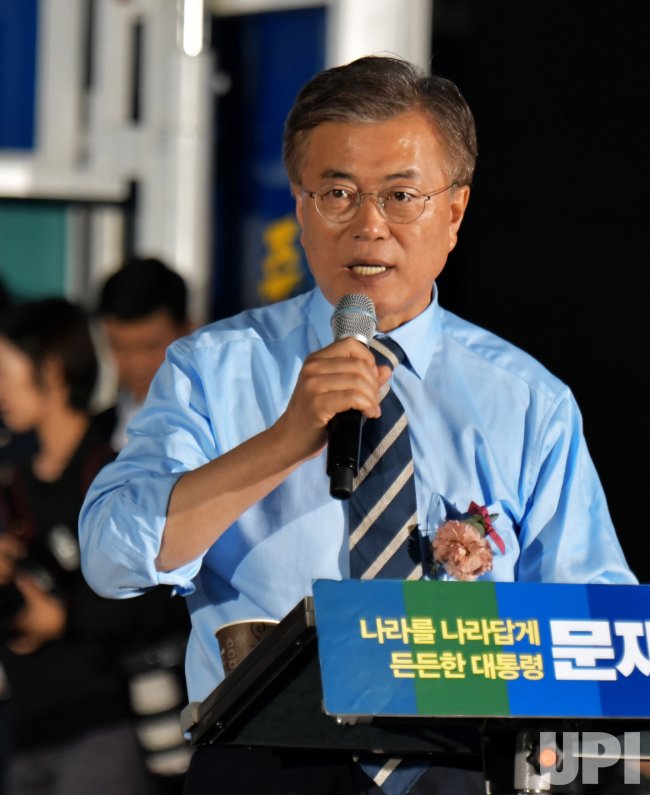Trump's Tariff Policy Faces Legal Scrutiny

Table of Contents
Section 301 Tariffs and Their Legal Basis
Trump's tariff policy heavily relied on Section 301 of the Trade Act of 1974, a provision designed to address unfair trade practices by foreign countries. This section allows the U.S. Trade Representative (USTR) to investigate and impose trade remedies, including tariffs, on goods deemed to be imported unfairly. The Trump administration utilized Section 301 to impose tariffs on various countries, most notably China, citing national security concerns and intellectual property theft.
- Intended Purpose: Section 301 was initially intended to address specific instances of unfair trade practices, such as dumping and subsidies.
- Trump Administration's Use: The Trump administration significantly broadened the scope of Section 301, using it to address broader trade imbalances and national security concerns, a controversial interpretation. Tariffs were imposed on steel and aluminum imports, and significantly on Chinese goods, citing trade practices deemed unfair.
- Legal Arguments: Legal challenges to these tariffs largely centered on whether the national security justification was legitimate and whether the tariffs were WTO-compliant. Critics argued that the administration overstepped the authority granted by Section 301, using it as a tool for broader trade policy objectives rather than addressing specific instances of unfair trade.
- Examples of Section 301 Tariffs and Related Legal Challenges:
- Tariffs on steel and aluminum imports, challenged by the EU and other trading partners.
- Tariffs on Chinese goods, worth hundreds of billions of dollars, challenged on various grounds, including violation of WTO rules and lack of due process.
Challenges to Trump Tariffs at the WTO
The World Trade Organization (WTO) plays a critical role in resolving trade disputes. Many countries challenged the Trump administration's tariffs at the WTO, arguing that they violated various WTO agreements, including those related to non-discrimination and trade liberalization.
- WTO's Role: The WTO's dispute settlement system provides a mechanism for resolving trade disagreements through binding arbitration.
- WTO Challenges: Several countries, including China and the European Union, filed complaints against the Trump administration's tariffs at the WTO. These challenges focused on the legality of the tariffs under WTO rules, particularly the rules governing anti-dumping and countervailing duties.
- WTO Rulings and Impact: While some rulings initially favored the challengers, the US withdrawal from the WTO Appellate Body significantly hampered the effectiveness of the dispute settlement system. This made it difficult to obtain final, binding rulings on the legality of many tariffs.
- Key Cases and Outcomes:
- Several cases involving Chinese tariffs resulted in rulings against the US, but enforcement was challenged by the lack of a functioning Appellate Body.
- Cases brought by the EU and other trading partners met similar challenges. The US withdrawal from the WTO's dispute settlement system severely limited the ability to effectively challenge the Trump administration's tariff policies.
Domestic Legal Challenges to Trump's Tariff Policy
Beyond international challenges, Trump's tariff policy also faced significant domestic legal scrutiny. Businesses and industries impacted by the tariffs filed lawsuits, arguing that the tariffs caused economic harm and violated their due process rights.
- Legal Challenges by US Businesses: American industries significantly affected by the tariffs, such as steel, agriculture, and manufacturing, filed lawsuits claiming economic hardship and violation of US trade laws.
- Legal Arguments: These lawsuits frequently argued that the tariffs were imposed arbitrarily and capriciously, violating principles of administrative law and due process. Claims of economic harm due to increased input costs and reduced market share were central to many cases.
- Outcomes of Domestic Legal Cases: The outcomes of these cases varied, with some courts upholding the administration's authority and others expressing concerns about the process and potential economic impacts. The legal landscape proved complex, with significant variations in rulings depending on the specific arguments and industries involved.
- Examples of Lawsuits and Outcomes:
- Lawsuits filed by steel manufacturers regarding aluminum tariffs had mixed results, with some claims successful and others dismissed.
- Agricultural producers facing retaliatory tariffs from other countries experienced significant losses but had limited success challenging the tariffs' imposition.
The Impact of Legal Scrutiny on Future Trade Policy
The legal challenges to Trump's tariff policy have had a significant impact on both the Trump administration's trade policy and the approach to international trade negotiations under subsequent administrations.
- Impact on Trump's Trade Policy: The legal challenges put a significant constraint on the administration's ability to pursue its protectionist trade agenda.
- Implications for Future Trade Policy: The legal precedents set by these cases will influence future trade policy decisions, both domestically and internationally. The increased scrutiny on national security justifications for trade actions and the limitations placed on unilateral action are notable shifts.
- Shaping International Trade Negotiations: The legal battles have highlighted the need for more transparent and predictable trade policies and increased the importance of multilateral cooperation in resolving trade disputes.
- Potential Changes in Trade Policy: Future trade negotiations will likely be more cautious about unilateral tariff actions and will focus on finding consensus-based solutions that comply with international trade laws.
Conclusion
Trump's tariff policy faced significant legal challenges both domestically and internationally. The arguments raised included violations of WTO rules, lack of due process, and illegitimate use of national security justifications. While some challenges were successful, others were hampered by the dysfunction of the WTO's Appellate Body and varying domestic court rulings. These legal battles have set important precedents and will continue to shape the future of US trade policy, impacting future trade negotiations and the use of tariffs as a tool in international trade disputes. Understanding the legal complexities surrounding Trump's tariff policy is crucial for navigating the ever-evolving landscape of international trade. Further research into the legal precedents set by these cases will be vital for businesses and policymakers seeking to understand the potential impacts of future tariff policies and trade disputes. Stay informed about developments in the ongoing legal scrutiny of Trump's tariff policy and its lingering effects on global trade.

Featured Posts
-
 1 Mayis Emek Ve Dayanisma Guenue Tarihce Oenem Ve Anlami
May 03, 2025
1 Mayis Emek Ve Dayanisma Guenue Tarihce Oenem Ve Anlami
May 03, 2025 -
 Analysis Hans Resignation And The Upcoming South Korean Presidential Election
May 03, 2025
Analysis Hans Resignation And The Upcoming South Korean Presidential Election
May 03, 2025 -
 Harry Potter Shop Chicago A Fans Guide To The New Store
May 03, 2025
Harry Potter Shop Chicago A Fans Guide To The New Store
May 03, 2025 -
 Rolls Royce Maintains 2025 Outlook Despite Tariff Challenges
May 03, 2025
Rolls Royce Maintains 2025 Outlook Despite Tariff Challenges
May 03, 2025 -
 How Will Nigel Farages Reform Party Fare In The Uk Local Elections
May 03, 2025
How Will Nigel Farages Reform Party Fare In The Uk Local Elections
May 03, 2025
